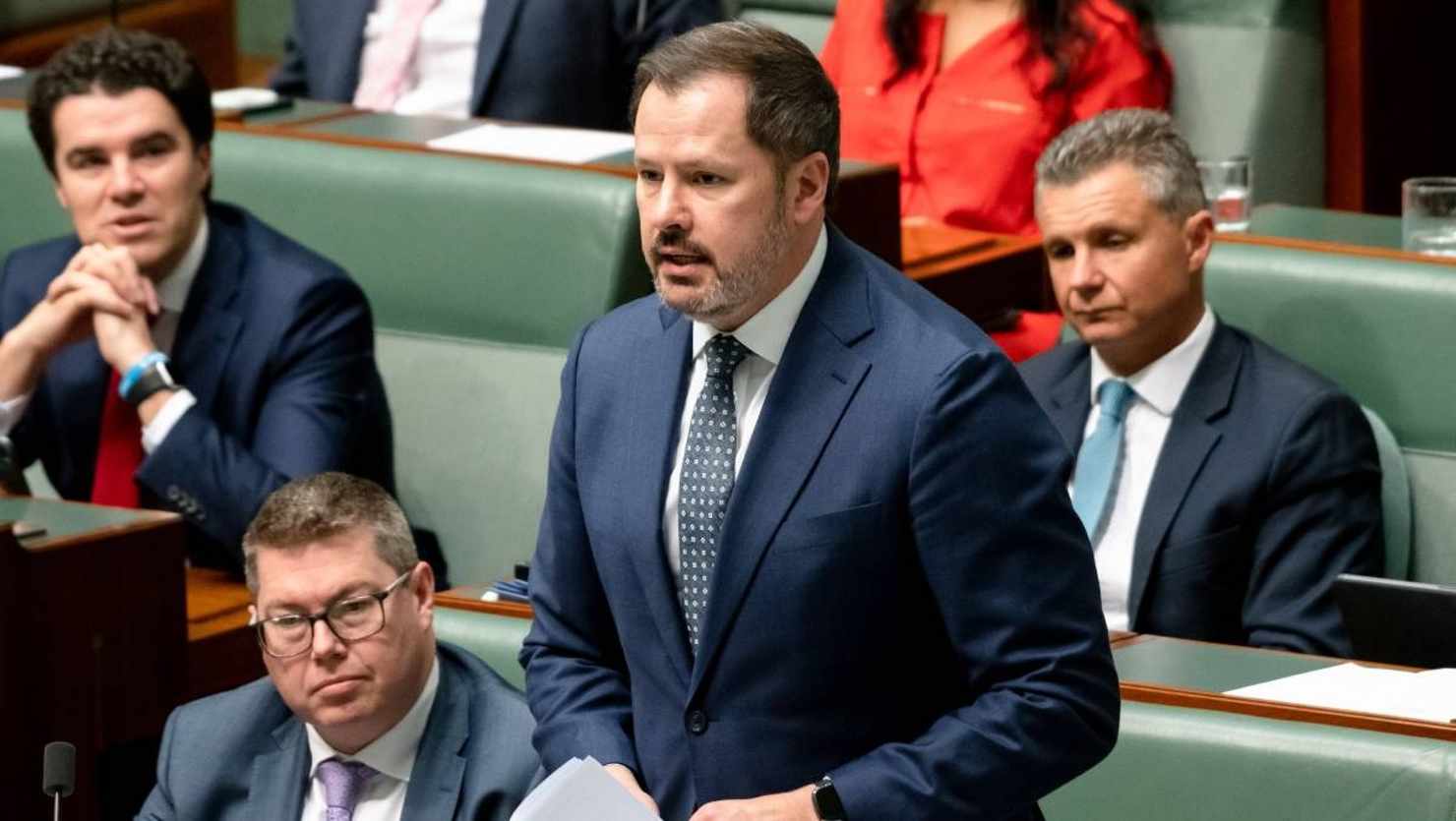Industry Minister Ed Husic unveiled two reports with the aim of strengthening regulations surrounding the responsible and safe use of artificial intelligence (AI)
Facial recognition technology has become increasingly prevalent in various sectors, including law enforcement, retail, and even social media platforms.
While it has the potential to enhance security and improve user experiences, there are mounting concerns about the potential misuse and abuse of the new technology.
Mr. Husic acknowledged the significant benefits of AI but emphasised the need to mitigate potential risks following a warning from numerous prominent tech experts who fear the uncontrolled advancement of AI could lead to dire consequences and have urged for global prioritisation of addressing the risks associated with it.
A statement issued by the Centre for AI Safety, signed by executives and academics, calls for treating AI as a societal risk on par with pandemics and nuclear wars.
Mr. Husic acknowledged the concerns of the Australian community regarding the rapid progress of AI and expressed reservations about relying solely on self-regulation.
He stated that if the consultation process identifies “high-risk areas” necessitating regulatory measures, the government would consider appropriate action.
He also emphasised the importance of ensuring that technology serves the interests of people rather than the other way around, stating,
“If facial recognition was being developed and used in ways that were “outside what the community think is acceptable, then clearly we will be taking a very deep look at that and the government “obviously wasn’t starting from scratch,” said Husic
According to Mr. Husic, the paper titled “Safe and Responsible AI in Australia” explores current domestic and international regulatory measures and government responses, highlights potential loopholes, and presents suggestions to enhance the existing framework.
“The National Science and Technology Council’s Rapid Response Report on Generative AI evaluates the possible risks and opportunities associated with AI, offering a scientific foundation for further discussions on the path ahead,”
While the potential regulations are still under discussion, it is clear that the government recognises the need to address the concerns associated with facial recognition AI technologies.
The aim is not to stifle innovation but rather to strike a balance between progress and the protection of civil liberties.
In a report from the Productivity Commission, the integration of AI has the potential to inject an impressive $1-4 trillion into the economy over the next ten years, propelling Australia’s existing annual GDP of approximately $1.5 trillion to new heights.
The report highlights an agreement by transport ministers last year to establish a self-driving car framework that would enable the commercial deployment of automated vehicles as an example of regulation that could encourage AI development.
Artificial intelligence technologies are already regularly used in hospitals, legal services, engineering and several other sectors, and most people use AI regularly through voice or navigation tools on their phones.
As discussions continue, it is expected that the government will consult with experts, industry representatives, and privacy advocates to develop a comprehensive framework for regulating facial recognition technologies.







